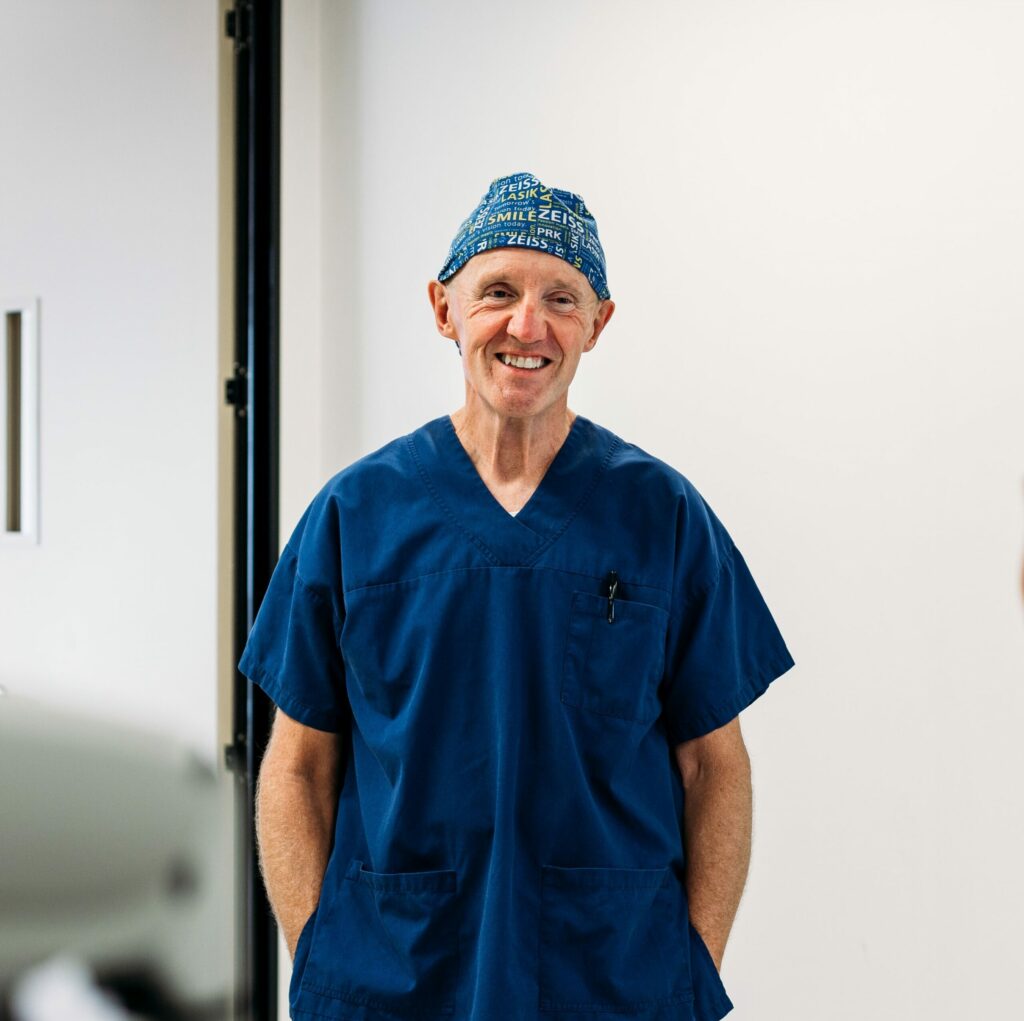
Wellington Eye Centre Ophthalmologist
Many New Zealanders take part in sporting activities. Whether it’s at school, as part of a professional team or as a recreational activity, Kiwis are renowned for loving sports. However, most sporting activities require reasonably good vision, meaning that an individual with poor vision may face difficulties when participating. In some cases, wearing glasses or contacts will have no adverse effects on sporting activity. But for those involved in higher-intensity physical activities such as martial arts or ball sports, or those who are playing at a competitive level, prescription lenses can become an increasing burden.
Having laser eye surgery to improve unaided vision, without glasses or contact lenses, can be tremendously helpful for people who are involved in sporting activities. In most cases, normal activities can resume within a relatively short period of time. However, there are important issues to be considered if you are thinking of having laser eye surgery and are actively involved in sports. These include the type of sport, the risk of having an eye injury, the most appropriate type of laser eye surgery for you and when you can resume your normal sports routine.
Vision correction options for sport
If you have poor vision and need corrective lenses to see well, there are several options which can help you to improve your vision. Although some of these may be impractical for certain sports. We’ve compiled a list of the most common vision correction options used in sporting activities:
1. Glasses
Glasses are the simplest and easiest way of correcting vision. They offer some degree of eye protection, although they can also be a risk. They can be tinted for outdoor activities such as golf and running. On the other hand, they do have several disadvantages for sporting activities; they can fog up with perspiration or in cold temperatures and are quite impractical in contact sports such as rugby, soccer and martial arts.
2. Prescription goggles
These provide good vision for swimming, although they can be expensive and there is a limited range of prescriptions available. This can mean that vision with these may be suboptimal. You can also get other types of prescription goggles for activities like skiing or diving. For high-contact sports, there are specially designed eye guards which can have prescription lenses in them. These provide far better protection than regular glasses. Eye guards are useful as sports are the leading cause of school-age children’s eye injuries, most of which are preventable.
3. Contact lenses
Contact lenses are probably the most practical non-permanent means of correcting vision for sporting activities. They can correct almost any type of refractive error and, unlike spectacle frames, do not restrict the field of vision. But they can be problematic for water sports where they may float off the eye. There is also an increased risk of infection when wearing contact lenses in the water. There are countless viruses and dangerous microbes which can attach to your lens and cause infection or inflammation. This is also a risk with ball sports and it can cause severe pain if dirt or grit gets under the lens.
4. Laser eye surgery
Laser eye surgery can correct almost all refractive errors and completely eliminate the need for glasses. The vision correction is permanent and most people who have laser eye surgery will achieve unaided vision which is at least as good as their best-corrected vision prior to surgery. There are three main types of laser eye surgery and each of these has advantages and disadvantages, depending on the type of sporting activity that you take part in.
Why is laser eye surgery a good option for sports?
For those who require vision correction, it can be a real hassle when participating in certain sports. There are tangible issues with glasses like cleaning them, having them slip off, the risk of them getting broken and not being able to use them very well in the rain. With contact lenses, there’s the risk of infection, particularly in water-based sports, or having them move during physical activities.
Certain sports also don’t allow the use of glasses due to the risk of them coming off or breaking. Rugby, soccer and hockey are all sports which generally don’t let players wear glasses on the field. If you’re not a contact lens wearer, this could prevent you from even participating.
Lastly, there are the associated costs, especially if you invest in speciality prescription eyewear such as swimming or skiing goggles. The more types of prescription eyewear you have, the more costs there will be.
The benefit of laser eye surgery is that it is permanent and after the associated healing times (three days to three weeks depending on the surgery), you are able to return to your chosen sports without additional vision aids.
What type of laser eye surgery is best for sports?
The table below highlights how your sporting activity and the type of refractive error you have (short or long sight) affect what type of laser eye surgery is best for you. For instance, if you were a long-sighted competitive swimmer, you would currently need to have LASIK surgery. This means that you would be out of the pool for three weeks and unable to train. If you were short-sighted, you could have SMILEⓇ and be back in the water after three days. If you are involved in a contact sport where there is an increased risk of a blow to the eye, such as boxing or MMA, you are probably better to avoid LASIK surgery because the corneal flap heals very slowly.
Types of laser eye surgery and their differences
| PRK | LASIK | SMILE |
| Treats short sight and astigmatism | Treats long sight, short sight and astigmatism | Treats short sight and astigmatism. |
| No corneal flap | Corneal flap heals slowly | No corneal flap |
| Slow visual recover | Fast visual recovery (1-2 days) | Fast visual recovery (1-2 days) |
| Avoid eye contamination for 3 weeks | Avoid eye contamination for 3 weeks | Avoid eye contamination for 3 days |
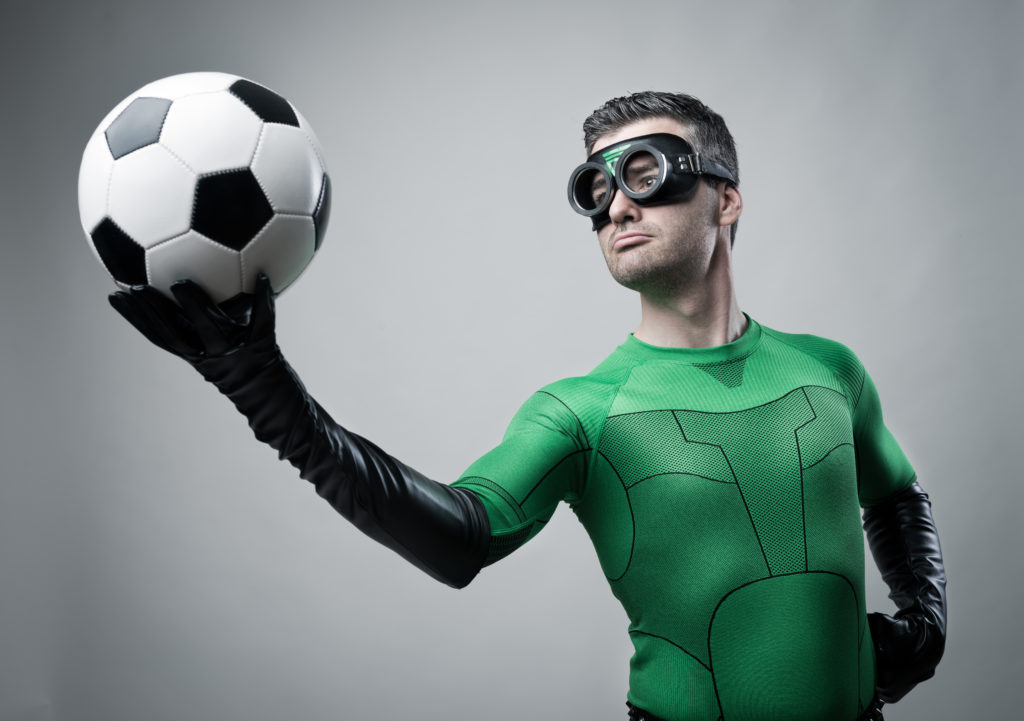
How soon can I play sports after getting laser eye surgery?
After any sort of laser eye surgery, it takes time for the eye to heal. There are two parts to the healing process – the healing of the skin on the surface of the eye, and the healing of the corneal flap after LASIK. These two different processes affect when you can return to normal sporting activities.
Skin healing:
During the time that it takes the skin covering the cornea to heal, the cornea is vulnerable to infection. Infection can occur following laser eye surgery if an infectious organism is able to penetrate through the skin on the surface of the eye before it has fully healed. Because of this, it is important to avoid contamination of the eye until the healing of the skin is complete.
This healing process takes 72 hours or less after SMILE surgery and three to four weeks after LASIK and PRK. For this reason, I ask my patients to avoid getting any contaminants in their eyes for three days after SMILE surgery and three weeks after LASIK and PRK. This means no eye makeup, no swimming, spa pools or saunas, and no dirt from playing fields.
LASIK flap healing:
Following LASIK surgery, the corneal flap heals extremely slowly. In the first few weeks after LASIK, the flap can quite easily be shifted or wrinkled if the eye is rubbed or knocked. After this time, the LASIK flap is relatively stable and minor trauma such as light eye rubbing is unlikely to disturb it. However, a LASIK flap never heals completely to the pre-LASIK strength of the cornea. It is always vulnerable to damage from significant eye trauma such as a blow from a boxing glove or ball. This reinforces the need to use eye protection in activities where there is a risk of eye injury, whether or not you have had previous laser eye surgery.
After LASIK, I ask my patients to avoid strenuous activities such as running and lifting weights for one week and to avoid activities where there is an increased risk of eye injury for one month. I do not believe that longer stand-down periods for boxing or rugby reduce the risk of severe damage from an eye injury.
Avoiding mechanical trauma after LASIK:
It is important to avoid eye trauma if you have had LASIK surgery. Whether it is four weeks after surgery or four years, there is still the potential to damage the corneal flap if the eye is injured. I have been doing LASIK surgery for 25 years and in that time, I have only seen one patient who had damage to his corneal flap. This man had gotten poked in his eye with his wife’s fingernail 15 years after his LASIK surgery. The corneal flap was lifted up but fortunately wasn’t lost. I was able to reposition the flap and he regained perfect vision.
Avoiding mechanical trauma after SMILE and PRK:
Stand-down periods for sports following SMILE or PRK relate only to the risk of infection. There is no corneal flap associated with either PRK or SMILE surgery. These procedures are ideal for people who are involved in sporting activities where there is an increased risk of eye injury, such as martial arts, rugby and basketball.
How do you protect your eyes when playing sports?
Wear proper protective eyewear! Normal prescription glasses or sunglasses are not sufficient to protect your eyes when impacted. In fact, they could cause a sight-threatening injury. Whereas sports eye guards are designed for use in high-risk sports like racquet sports, basketball and rugby. We also recommend helmets with protective face guards for sports including baseball, American football and hockey.
For sports that are lower impact but involve being outside for extended periods of time, like cricket or golf, you need protection from the UV light. Good quality sunglasses with a high UV rating will protect your eyes from the damaging rays which can cause eye conditions such as photokeratitis or pterygiums.
What laser eye surgery would you recommend for sports?
I strongly believe that SMILE surgery is the best choice for most people involved in sporting activities. Particularly those sports which carry a higher risk of eye injuries. The stand-down period is significantly shorter than for LASIK and PRK resulting in less disruption to training and maintenance of fitness. For a professional or competitive athlete, an eye injury can be devastating to their career. This is less likely to occur after SMILE surgery.
Unfortunately, SMILE surgery is currently only able to treat short sight, or short sight combined with astigmatism. Clinical trials are currently ongoing for the treatment of long sight with SMILE surgery and the results look very promising. If I was a long-sighted competitive athlete or sportsman, I would probably defer having laser eye surgery until SMILE treatment for long sight becomes available. Feel free to get in touch with the team at Wellington Eye Centre if you have any other questions. If you’d like to find out more about laser eye surgery you can book a free assessment. You can also call us on 0800 733 327 or complete the contact form below.
SMILE® is a registered trademark of Carl Zeiss Meditec.
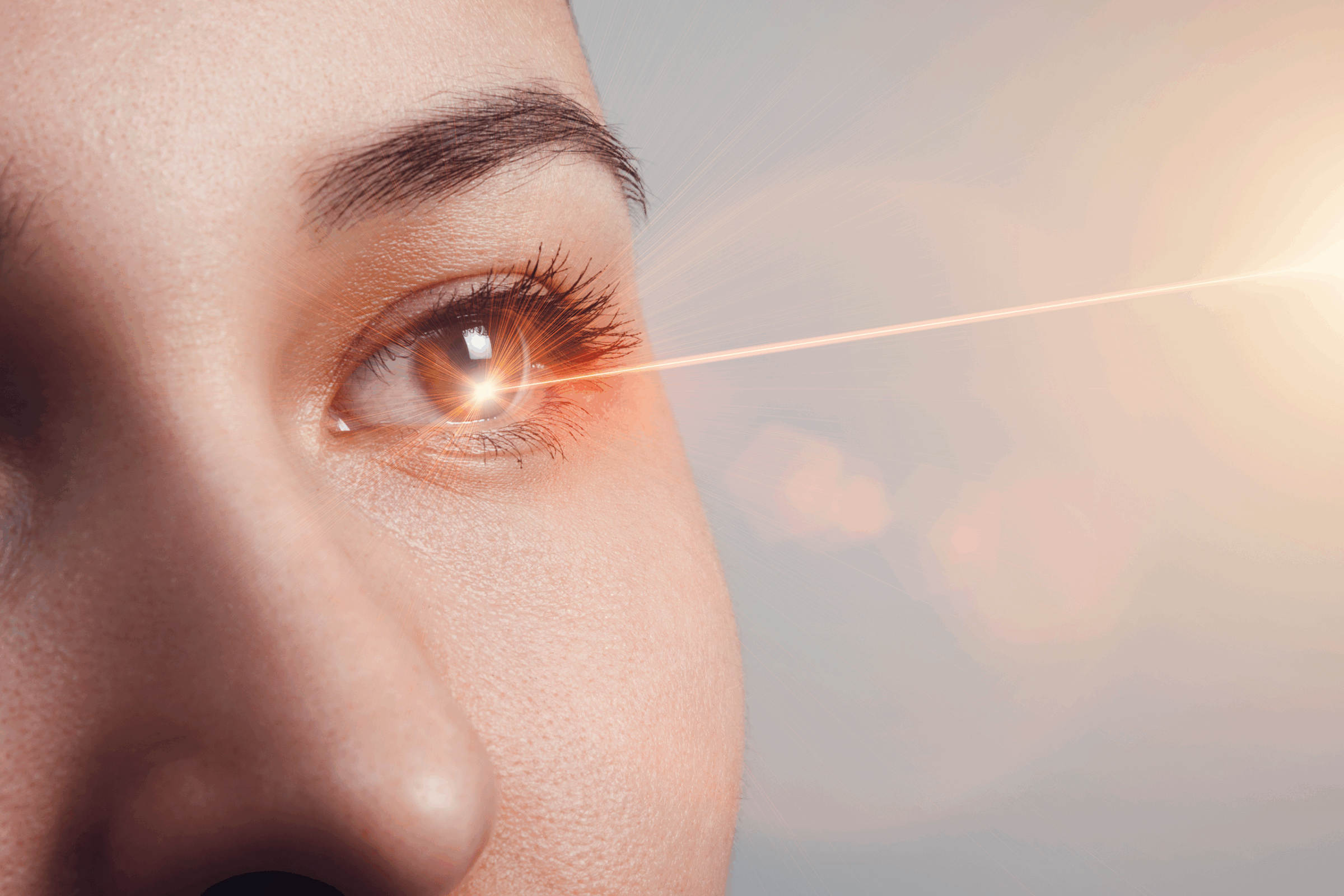
What is PRK or Photorefractive Keratectomy?
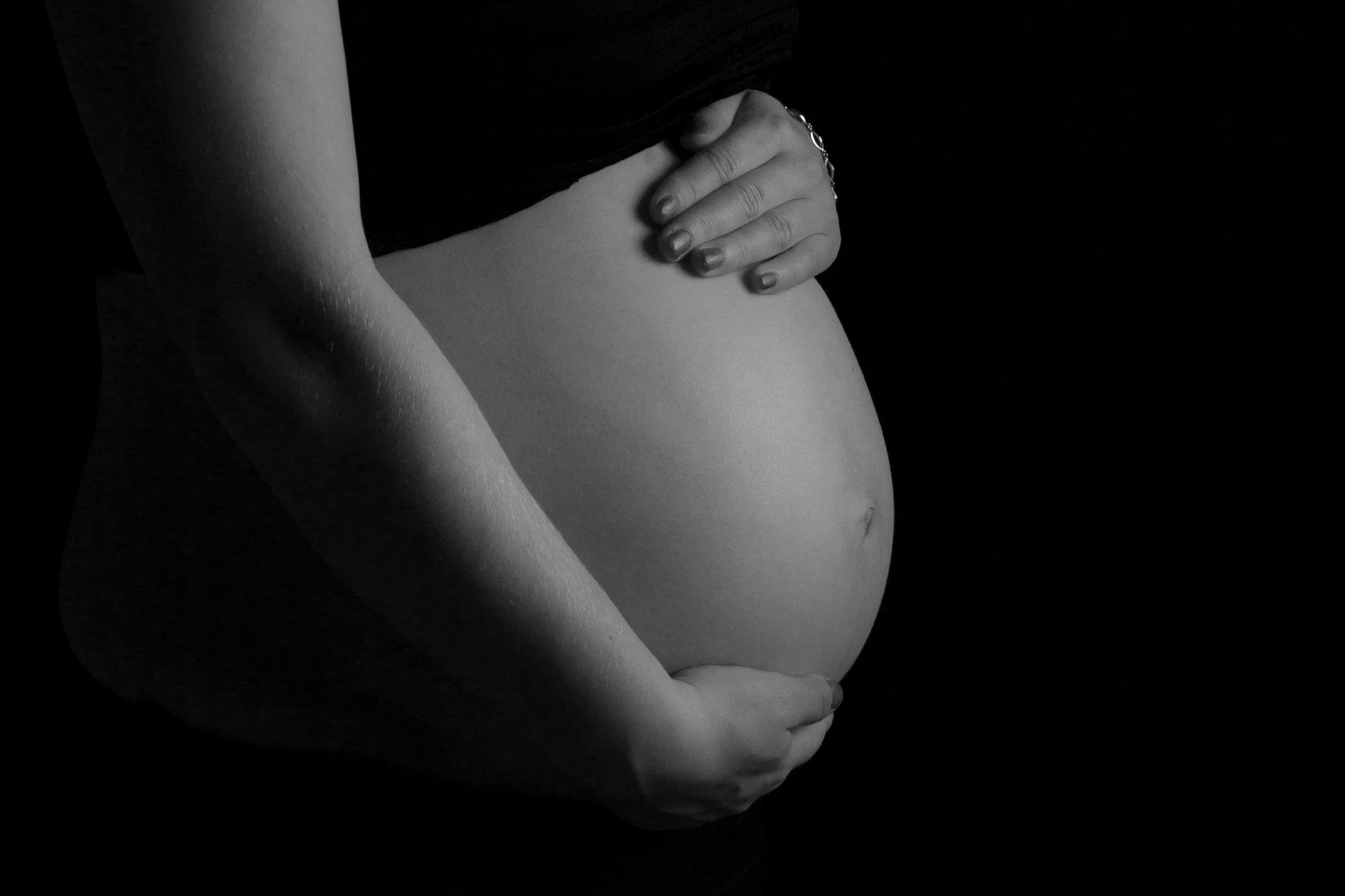
Can I have laser eye surgery if I’m pregnant?
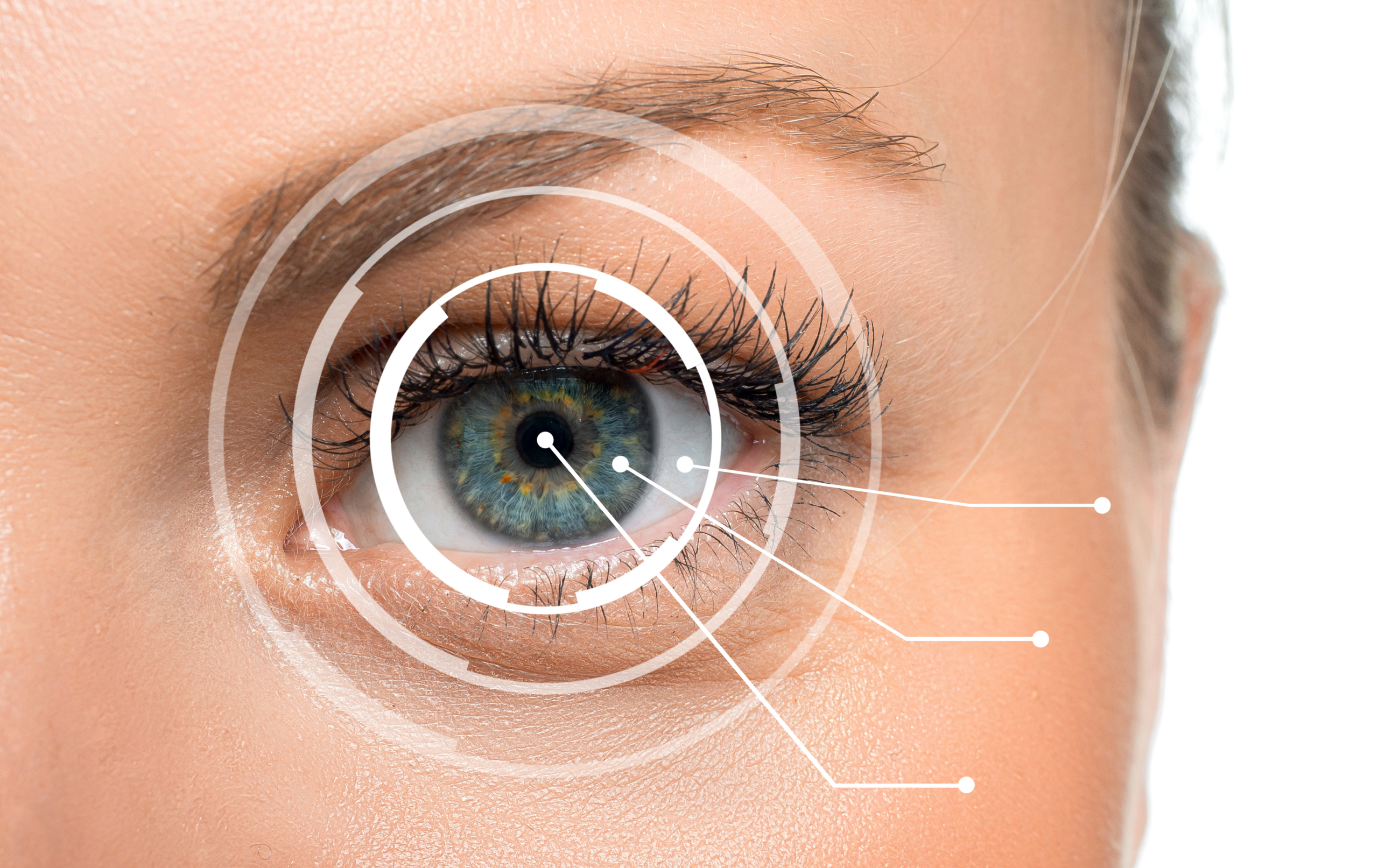
What Can Go Wrong During Your Laser Eye Surgery?
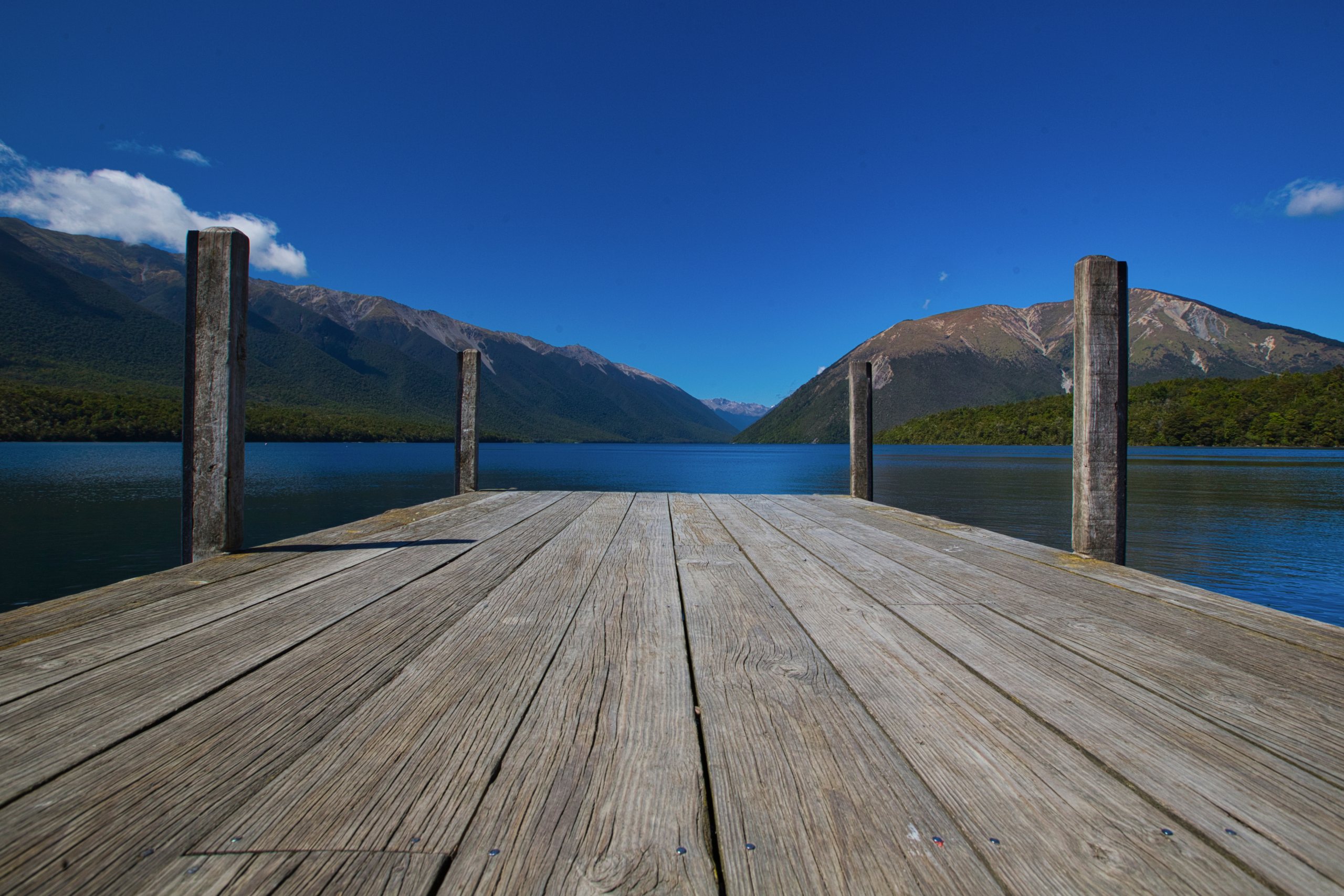
How Much Does Laser Eye Surgery Cost in 2024?
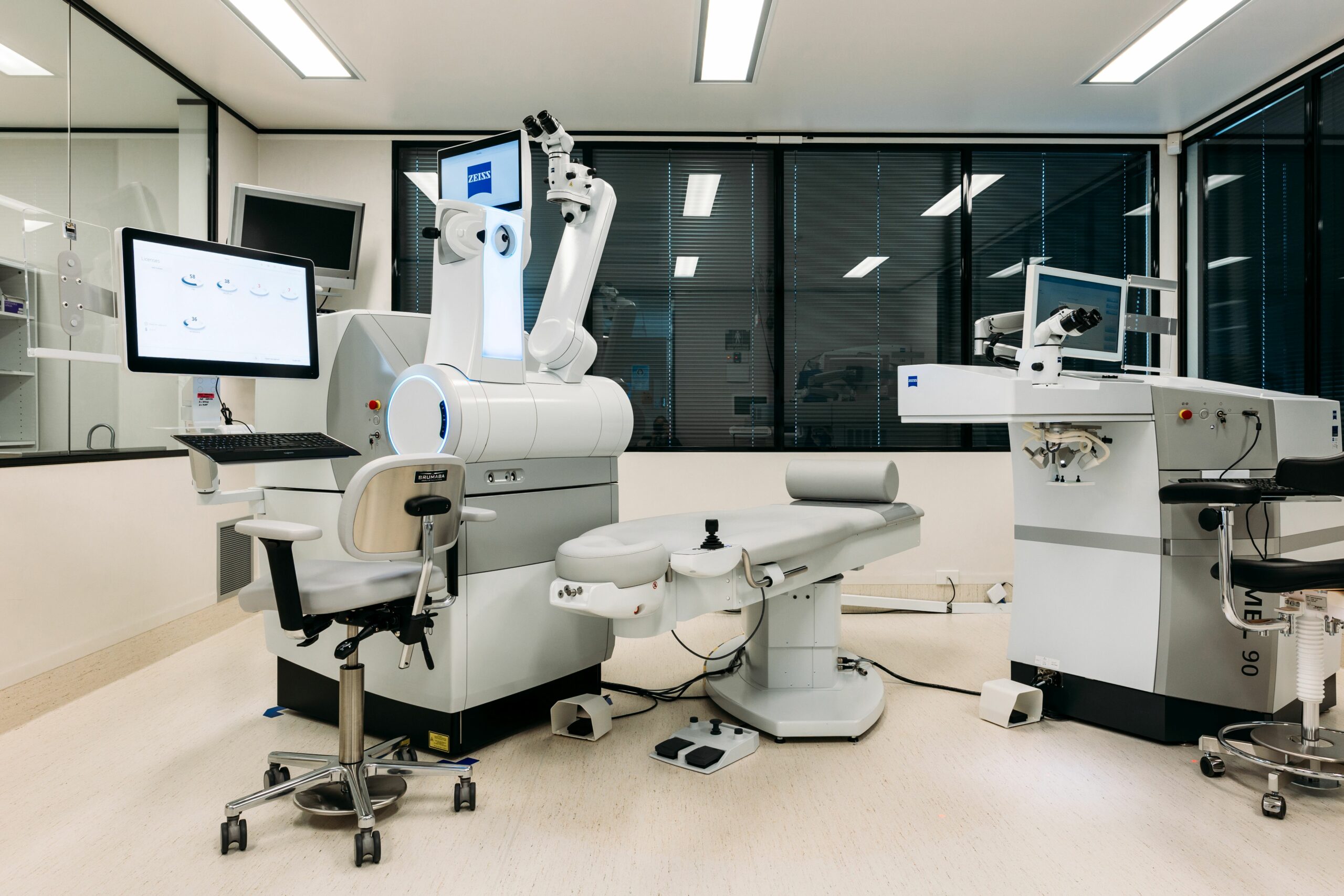
What to Expect on The Day of Surgery

What is PRK or Photorefractive Keratectomy?

Marijuana’s effect on the eyes

Can I have laser eye surgery if I’m pregnant?

What Can Go Wrong During Your Laser Eye Surgery?

